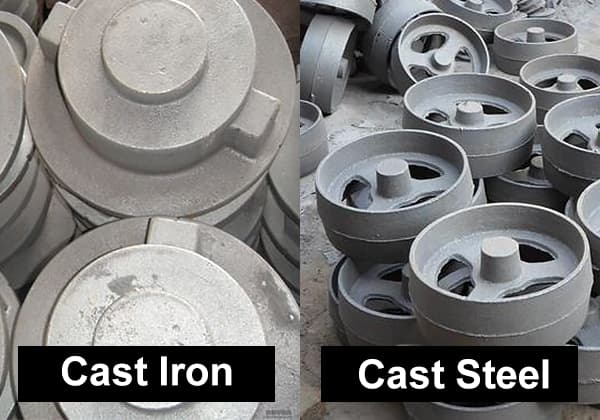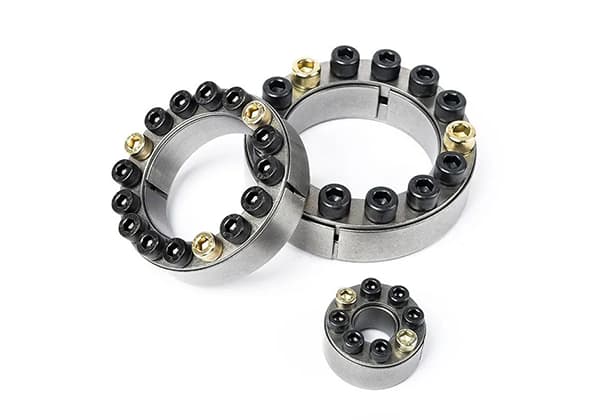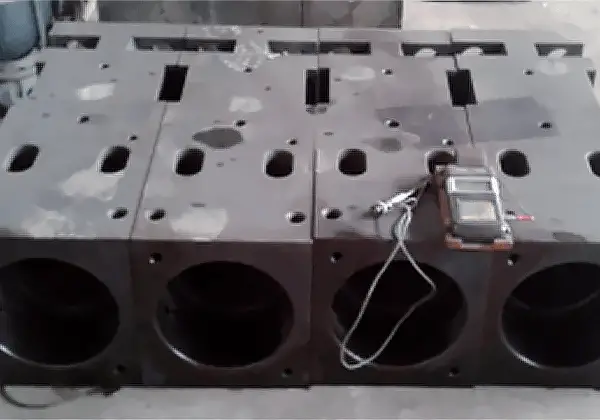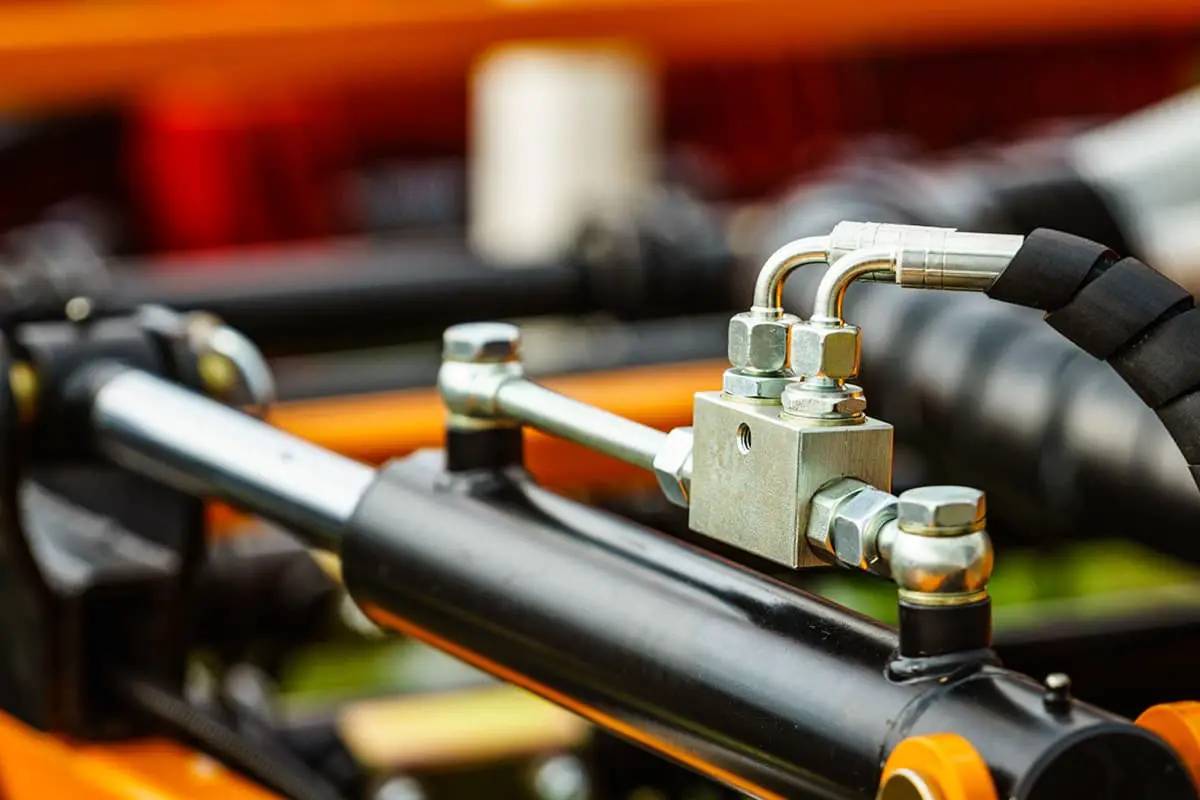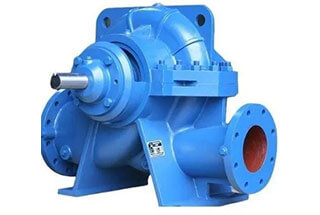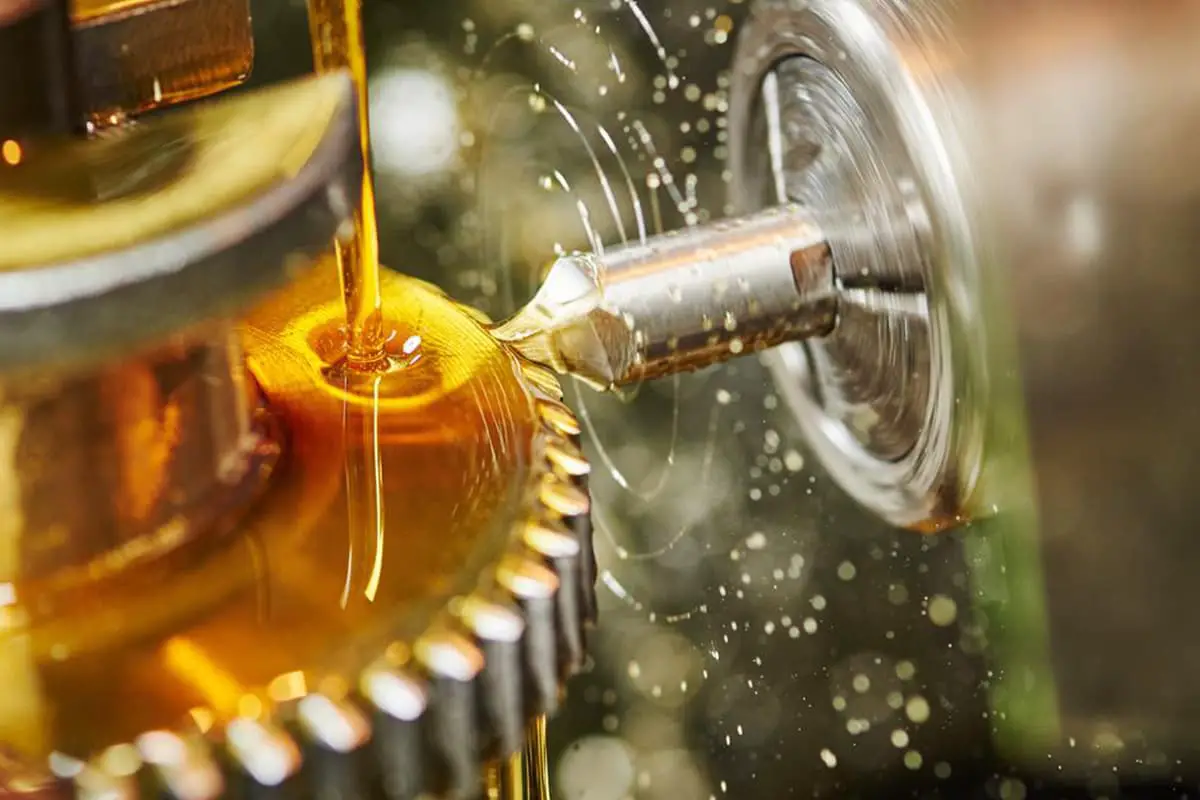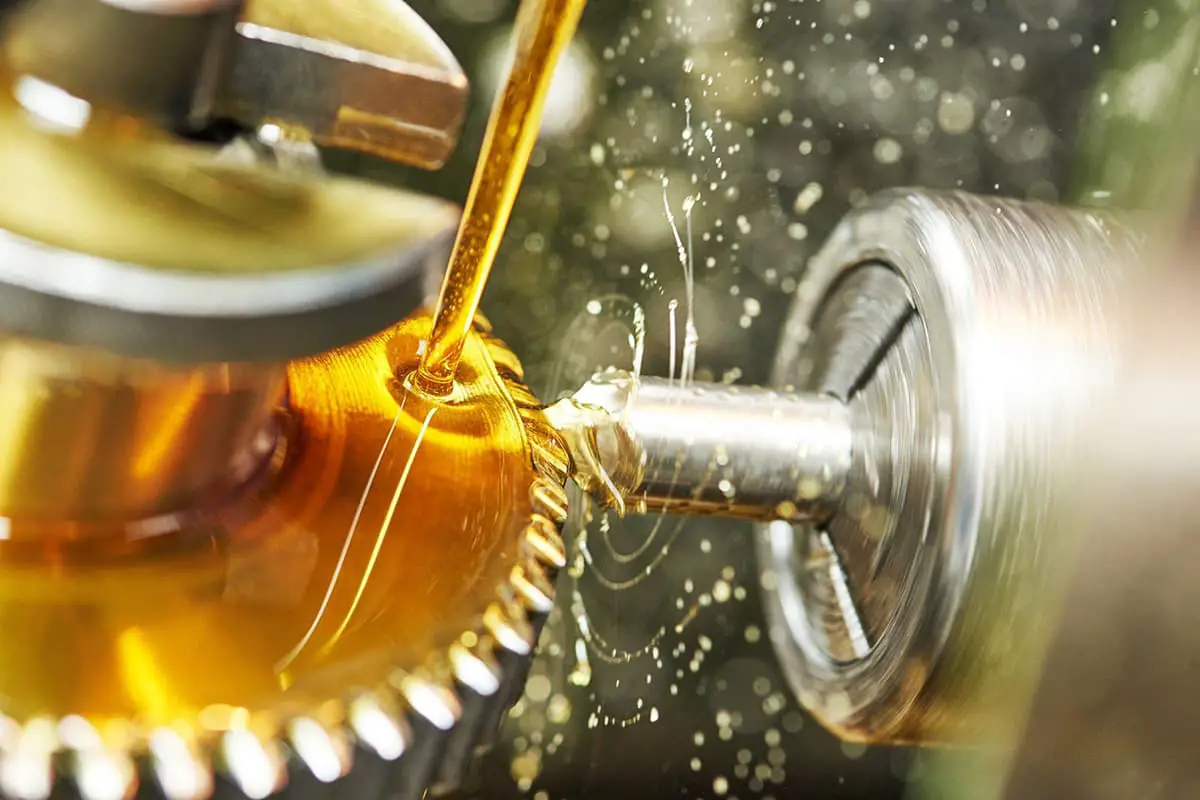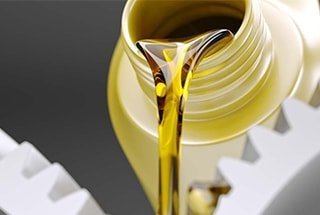
Have you ever wondered how excavators and other heavy machinery perform their powerful tasks? In this article, we’ll explore the fascinating differences between hydraulic pumps and motors. You’ll learn how these crucial components work, their unique features, and why they can’t be used interchangeably. Get ready to uncover the secrets behind their operation!
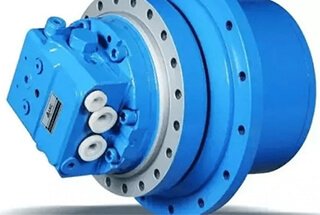
The hydraulic pump is a conversion device that transforms the mechanical energy of an electric motor into hydraulic energy.
It produces a flow rate and pressure, and it is designed to have a high volumetric efficiency.
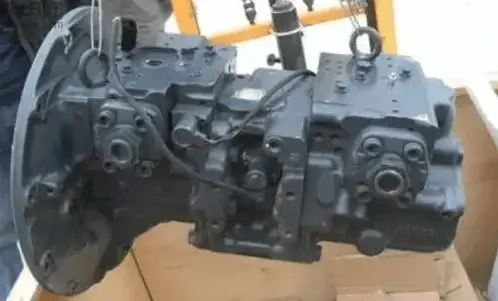
The hydraulic motor is a conversion device that converts the pressure energy of the fluid into mechanical energy, outputting torque and speed. It is designed to have a high mechanical efficiency.
As a result, the hydraulic pump is considered an energy device, while the hydraulic motor is considered an actuator.
The output shaft of the hydraulic motor must be able to rotate both forwards and in reverse, so its structure is symmetrical.
On the other hand, some hydraulic pumps (such as gear pumps and vane pumps) have specific regulations regarding direction, only allowing rotation in one direction and not permitting arbitrary changes in direction.
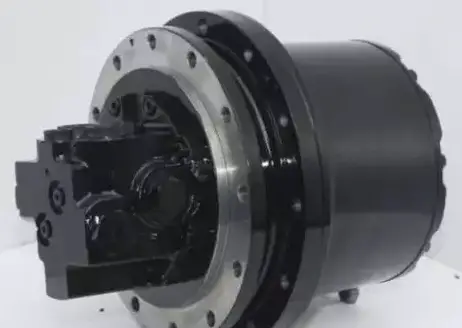
In addition to oil inlet and outlet ports, hydraulic motors have separate oil leakage ports.
Hydraulic pumps, with the exception of axial piston pumps, typically have only oil inlet and outlet ports, and any leaked oil is connected to the oil inlet.
The volumetric efficiency of hydraulic motors is lower compared to that of hydraulic pumps.
Typically, the working speed of hydraulic pumps is relatively high, while the output speed of hydraulic motors is low.
Moreover, gear pumps have a large oil suction port and a small oil discharge port, whereas gear hydraulic motors have equal-sized suction and discharge ports.
The number of teeth on a gear motor is higher compared to that of a gear pump.
The vane of a vane pump must be installed diagonally, while the vane of a vane motor is installed radially.
The blades of the vane motor are pressed against the surface of the stator with the help of a swallow spring at the root, while the blades of the vane pump are pressed against the surface of the stator with the help of pressure oil and centrifugal force.
Both hydraulic motors and hydraulic pumps work by changing the volume of the sealed working chamber, but due to their different uses, they have many differences in structure and cannot generally be used interchangeably.
Hydraulic pumps and motors are crucial components in every excavator, and they share a similar structure and operating principle. Some individuals often get confused between these two elements and desire to understand the difference between a hydraulic motor and pump. Let’s delve deeper into it.
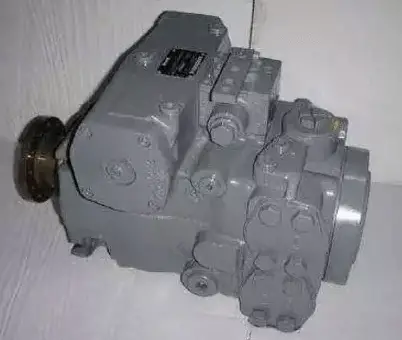
A hydraulic pump transforms mechanical energy (like the rotation of a motor) into pressure energy, and directs the pressurized oil to areas where work is required throughout the system.
On the other hand, a hydraulic motor converts pressure energy into mechanical energy, using the pressurized oil to rotate the blades within the hydraulic motor, driving the machinery connected to the hydraulic motor shaft to perform work.
Divided by structure:
Divided by whether the displacement can be adjusted:
Divided by oil discharge direction:
Divided by pressure level:
Gear pump:
Relatively small in size, simple in structure, with low oil cleanliness requirements, and an affordable price, gear pumps are widely used in various industries such as mining equipment, metallurgical equipment, construction machinery, engineering machinery, agricultural and forestry machinery.
However, the pump shaft is susceptible to unbalanced forces, severe wear, and large leaks.
Vane pump:
The pump has uniform flow, stable operation, low noise, a higher operating pressure, and high volumetric efficiency, though it has a more complex structure compared to a gear pump. High-pressure vane pumps are commonly utilized in hydraulic systems of lifting and transport vehicles, as well as engineering machinery.
Plunger pump:
High volumetric efficiency, low leakage, ability to operate under high pressure, and widespread usage in high-power hydraulic systems are the key features of plunger pumps. However, their complex structure, high demands for material quality and processing precision, and high cost, along with the requirement for highly clean oil, can be drawbacks.
Plunger pumps are widely utilized in automotive diesel engines for delivering high-pressure fuel.
Classified by Structure:
Classified by Speed and Torque Range:
Geared Hydraulic Motor:
Vane Type Hydraulic Motor:
Axial Plunger Motor:
Hydraulic pumps and motors are both energy conversion elements in hydraulic transmission systems.
What is the difference between the two? How can they be distinguished?
In theory, hydraulic motors and pumps are both reversible.
Structurally, the two are similar in design.
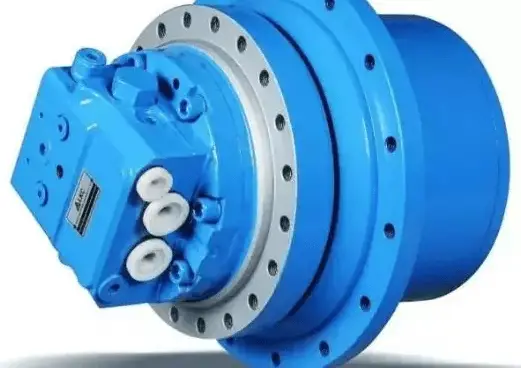
Hydraulic motors and pumps have similar basic components: a closed chamber that can periodically change its volume and a mechanism for distributing oil.
Both hydraulic motors and pumps operate on the principle of suction and discharge by exploiting changes in the sealed working volume.
In the case of hydraulic pumps, oil is drawn in when the working volume expands, and high-pressure oil is expelled when the working volume decreases.
For hydraulic motors, high-pressure oil is introduced when the working volume expands, and low-pressure oil is released when the working volume decreases.

